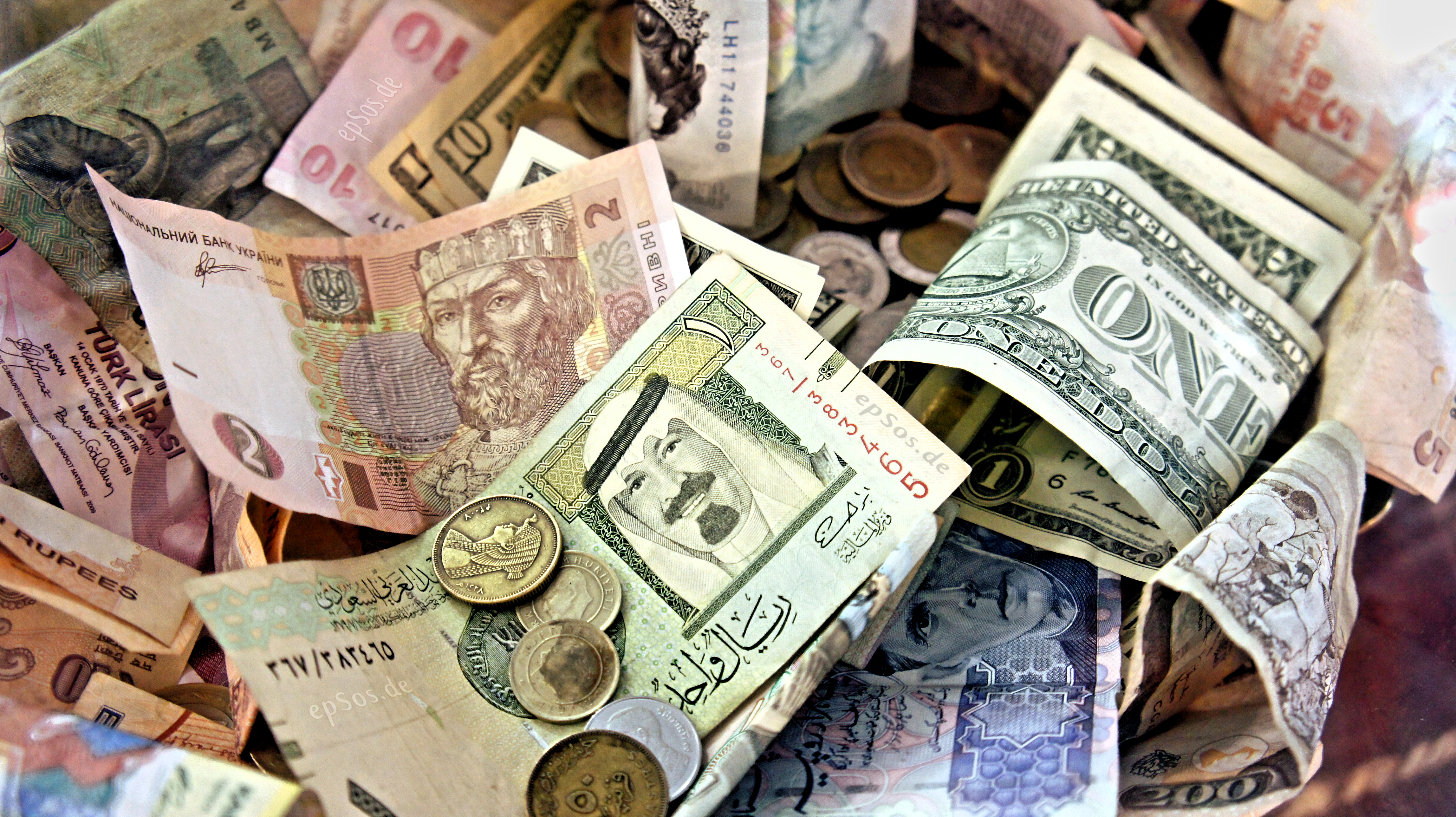
epSos.de, CC BY 2.0, via Wikimedia Commons
We are all familiar with the sentiment “if only there were more money, all our problems would be solved”. That is only about 20% true. The Innovation Bank is a system being built to solve the other 80% of our problems.
Money as we know it is a generalized accounting of all the things that humans produce. For example, Gross Domestic Product measures tangible value, it does not measure intangible value. Yet 80% of technological change can be attributed to intangible value creation (Solow, R). These include social capital, creative capital, and intellectual capital.
We need to form a new type of money that measures the other 80% of the economy — the invisible stuff. This is where the big solutions are. Solving Global Problems requires global solutions that must all use the same units of account. VC and the USPTO try to do this, but only a tiny percentage of intangible value ever gets converted to tangible assets in this way. We need something better, comprehensive, and scalable.
Data as Currency
Data is emerging as a new form of currency which can be used to visualize, predict, and assess the value of intangible assets. The problem is that bad news is thousands of times more “tangible” than good news. A single attacker on Social Media can sink a business because nobody counts the 1000 perfectly satisfactory prior transactions. As David Mustaine elegantly croons “Peace sells but who’s buying?” Another version of Stanley McChrystal’s “The good guys need to be right 100% of the time, the bad guys only need to be right once.” This can put a horrible skew on things and AI can’t fix it.
The “good intangible” data needs to be proactively curated as part of one’s everyday professional activity record. There needs to be a simple interface where a person can produce a claim, and that claim can be verified by a recipient or observer. Then we can creating a data node with two at least two branches that can be aggregated with everyone else’s transactions. The resulting dataset, while enormous, would yield a tangible measure of social, creative, and intellectual capital.
Most importantly, this dataset needs to be populated and in direct control by the persons whose transaction record is being curated. It is important that this system is decentralized since the data will be extremely valuable. Someone else will gladly do it for us with every manner of IoT sensor, AI bot, or some old-school regulatory hurdle.
The Innovation Bank
The Innovation Bank uses game theory and blockchain technology for the purpose of curating valuable, truthful, productive, and validated “good data” created by people and their productive interactions with each other. There is no entry for bad news. The Innovation Bank rewards the users with a cryptographic token that memorializing their transactions. The tokens may then be exchanged for access to the metadata curated by others on the platform. This technique for delivering the right asset to the right place at the right time thereby releasing the other 80% of economic value produced by society.
In short, The Innovation Bank is auto-funded by creating a form of money that measures the remaining 80% of economic output. The Innovation Bank incentivizes high impact solutions precisely when and where they are needed most. There is a market for that, all we need to do is measure it into existence.

Leave a Reply